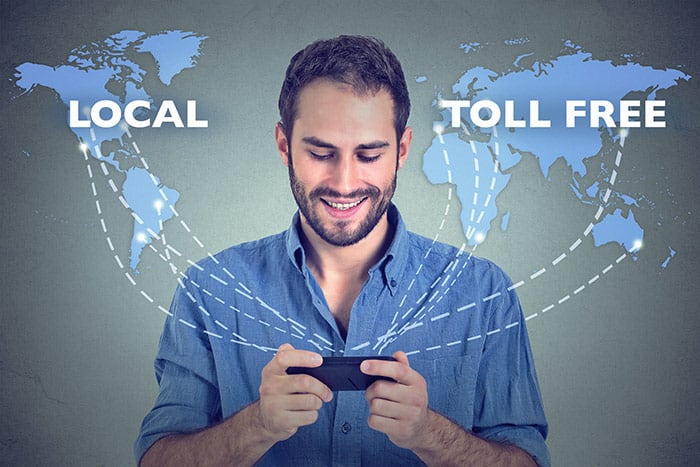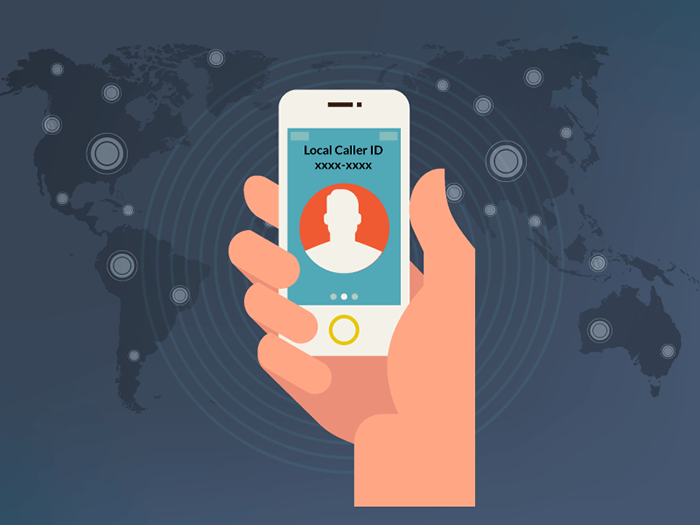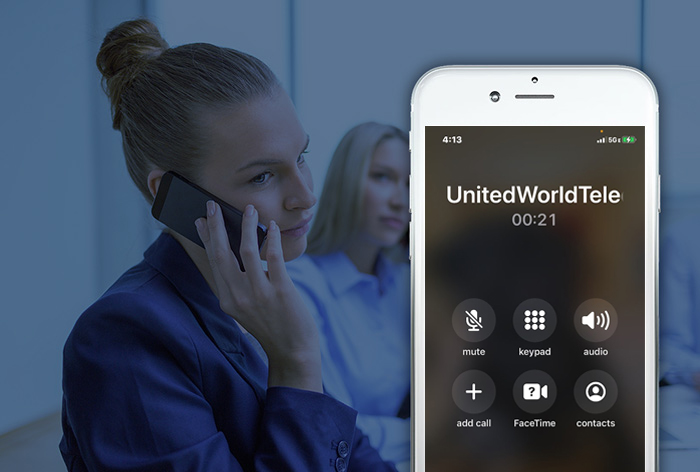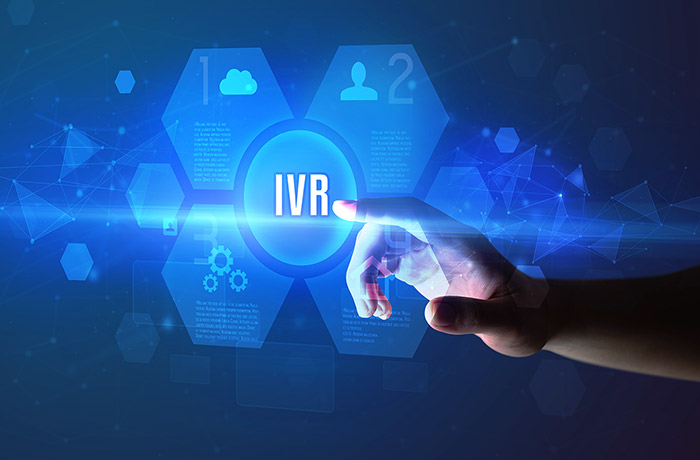Need Germany virtual numbers to support your business plans to expand to Germany? We’ve got you covered. Here are the top Germany virtual phone number providers along with information about the types of numbers, their costs, and included features.
Types of Germany Virtual Numbers
Before we discuss different Germany virtual phone number providers, we first need to look at the different types of Germany virtual numbers available.
Toll free numbers:
Germany toll free numbers are business numbers that are free for callers. Calls from within Germany incur no charges. Instead, the receiver (that is the business) is charged for these calls.
National numbers:
Germany national numbers are accessible from anywhere within the country and are charged local calling fees.
Geographic numbers:
Local Germany numbers are numbers assigned to specific area codes within the country. For example, you can call Germany geographic numbers for Berlin, Cochem, Cologne, Düsseldorf, Frankfurt, and more. Calls made to these numbers are charged local calling rates.
Top Germany Virtual Phone Number Providers
Now that we have listed the different types of Germany virtual numbers available, let’s look at the top Germany virtual phone number providers and what they offer.
1. United World Telecom
Since 1996, United World Telecom has been offering virtual phone numbers and international call forwarding for businesses across the globe.
Types of virtual numbers offered: United World Telecom provides:
- Germany toll free numbers as well as mobile-accessible numbers
- Germany geographic numbers
- Germany national numbers (32)
- Universal toll free numbers (UIFN)
Virtual number plans: United World Telecom’s Germany virtual number plans range from $12.95/month (€11.02) and to $608.95/month (€518.10).
Features included:
- Hosted call recording software
- Cloud IVR
- Outbound calling (customizable caller ID)
- Extensions and DID numbers for different departments and teams
- Call forwarding
- Call routing
- Voicemail and SMS to email, and more
2. Global Call Forwarding
Launched in 2007, Global Call Forwarding has become a reliable outlet for business phone numbers and virtual communication features to enable easy international communication.
Types of virtual numbers offered: Global Call Forwarding offers:
- Germany toll free numbers as well as mobile-accessible numbers
- Germany geographic numbers
- Germany national numbers (32)
- Universal toll free numbers (UIFN)
Virtual number plans: Global Call Forwarding’s Germany virtual business number plans start at $12.95/month (€11.02) and go up to $628.95/month (€518.10).
Features included:
- Hosted call recording software
- Unlimited extensions
- Advanced cloud IVR
- Call forwarding options:
- Time of day routing
- Select country forwarding
- Failover forwarding
- Sequential forwarding
- Simultaneous ringing
- Voicemail to email
- SMS to email
- Outbound calling
- Call transfer
3. Telekom
Telekom was formed in 1995 and has since been offering telephone solutions across Germany such as fixed network, mobile, and internet services.
Types of virtual numbers offered: Telekom offers German business phone numbers for landline and mobile networks.
Virtual number plans: Telekom offers different virtual phone numbers plans ranging from $29.30 (€24.95) to $64.53 (€54.95).
Features included:
- Multiple numbers
- Multiple channels (language channels included)
- Call forwarding
- Call waiting
- Voicemail, and more
4. Vodafone
Vodafone Germany was founded in 1990 and since then has been providing communication solutions to personal and business users in Germany.
Types of virtual numbers offered:
- Business phone numbers
- Landline and mobile numbers
Virtual number plans: Vodafone’s Germany virtual business number plans range from $26.89/month (€22.90) to $281.35/month (€239.60), depending on the number of users needed.
Features included:
- Multiple voice channels
- Up to 10 blocks of phone numbers at one location
- IP connection
5. O2 (Telefonica)
Since 1995, O2 (Telefonica) has supplied Germany with broadband, landline, and mobile telecommunications.
Types of virtual numbers offered: O2 (Telefonica) offers:
- 0800 toll free numbers
- 0180 numbers
- Local phone numbers
Virtual number plans: O2 (Telefonica) voice connection plans range from €40/month to €160/month, depending on the number of voice channels you need.
Features included:
- Voice connections
- SIP telephony
- Easy extension management
- Call management features
- Conference calls
Get Germany Virtual Numbers Today
Here at United World Telecom, we can help you get Germany virtual numbers for business with quick installation and fast activation. Sign up on our website today or call us to get started.









